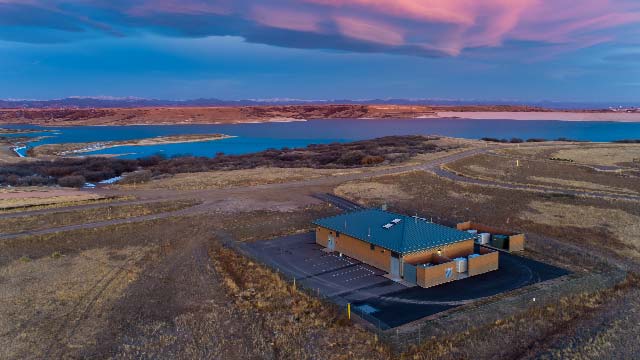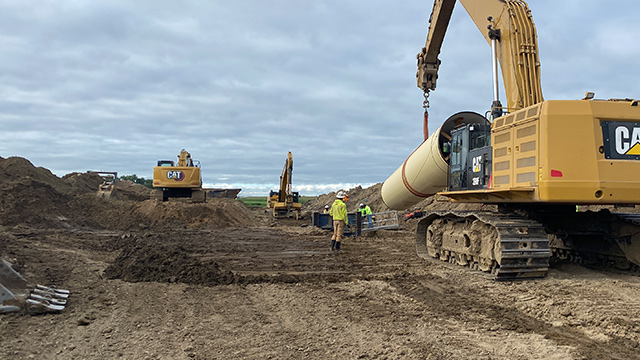As water and wastewater utilities are challenged to minimize rate increases while balancing limited budgets – complicated by deferred maintenance, chronic underinvestment and compliance mandates – one solution to consider is the public-private partnership (PPP) model.
“The PPP model can restructure and provide capital to help the utility manage its existing system assets or implement new capital improvement projects,” said Bruce Allender, Chief Operating Officer of infraManagement Group LLC (iMG), a wholly owned subsidiary of Black & Veatch.
Allender said PPPs allow the transfer of risk from the utility to the private sector while protecting the ratepayer. It also provides for the optimization of life cycle costs and alternative management of these costs. He said another variation on the PPP model is leveraging the water and wastewater assets of a city to fund citywide needs, such as economic development initiatives or unfunded pension liabilities.
“A broader definition of a PPP is that of a delivery model that joins the need of public infrastructure with the capital, risk transfer, life cycle asset management, optimization of life cycle costs and flexibility provided by private investors.”
Bruce Allender, Chief Operating Officer of iMG
Understanding the PPP Model
The most significant hurdle in broader PPP adoption is the lack of understanding of the model and subsequent uncertainty and distrust, Allender noted. Education is the key to help utilities and cities understand how they can leverage the PPP model to support their cost of service and mitigate risk for their ratepayers.
Francesca McCann, Business Development Director for iMG, who has extensive experience with investment and PPPs, said it is important to distinguish PPPs from outright privatization.
“Privatization implies selling the entire assets of a given entity, while through a PPP, the government entity retains ownership of the assets – facilities, pipes, right-of-ways and pumps,” McCann said.
While use of the PPP model in other sectors, particularly transportation, is common, the market for PPPs in water and wastewater is still relatively nascent in the U.S. However, McCann said there is a growing trend toward at least the consideration of the approach.
“Political constraints – often based on misdirected skepticism of privatization – have kept PPP solutions largely at bay in the U.S. This is occurring even as the industry openly questions how conventional financing strategies, such as higher rates or municipal bonds, can meet a ballooning bill for system replacement and expansion.”
Francesca McCann, Business Development Director for iMG
Benefits of Implementing a Public-Private Partnership
Protects and manages risk for ratepayers.
Provides generational payback for system improvements.
Has optimal risk allocation.
Allows the city to remain the owner of the asset.
Provides capability to design, build, finance, operate and maintain system expansion.
Can provide upfront or annual funds that address other city funding priorities.
Subject Matter Experts
Bruce Allender: AllenderBM@bv.com
Francesca McCann: McCannF@bv.com








